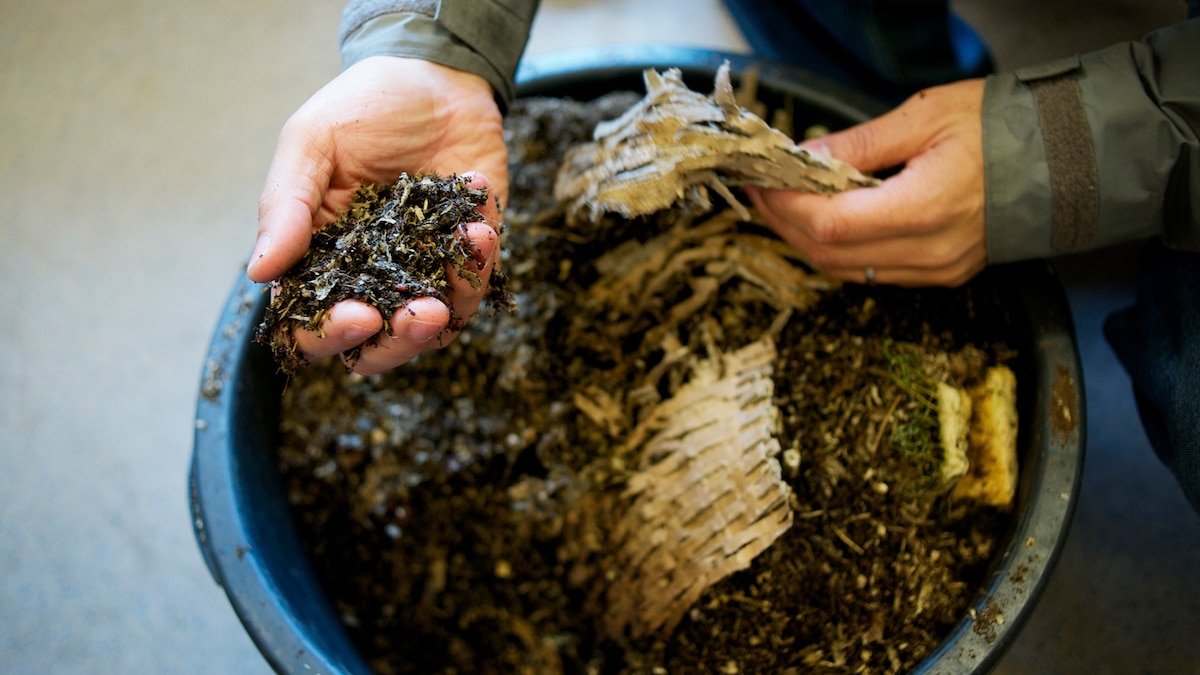What do you do with biodegradable or compostable food packaging?
Products labeled “compostable” or “biodegradable,” such as packaging material or utensils, are becoming more popular, but are meant to be processed at an industrial composting facility.
Ian Jacobson, the president of Eco-Products, a compostable product maker, says his company sold 200 products in 2010, but now offers more than 450. Compostable-labeled containers can be anything from paper and sugarcane-based bagasse to bioplastic, which is plastic made from plants like corn. Some, but not all are certified by the Biodegradable Products Institute (BPI), the largest certifier of compostables, which tests compostable products to ensure they can be processed at commercial facilities.
Takeout food containers are often made of compostable paper. But if “you just toss the container in your compost bin, it’s just going to sit there,” says Sherman. Shredding the container into small pieces, no bigger than two inches, will give microbes a better chance at breaking it down.
Even then, it may not break down easily. While a well-managed backyard compost pile can achieve high temperatures, the hotter temperatures at an industrial facility will break down material more effectively. Sherman also points out that compostable paper products like newspaper or paper towels can get “mushy” and compacted in a compost pile, preventing aeration.
Food packaging made from bioplastics are not compostable in a home bin because they often have strong polymer bonds that can only be broken down in an industrial facility. However, not all bioplastics can be processed by commercial composters because some bioplastics contain toxic chemical additives to waterproof them or give them strength.

